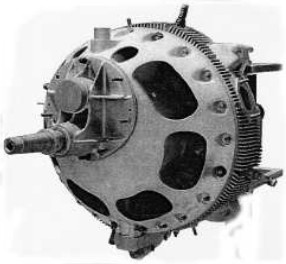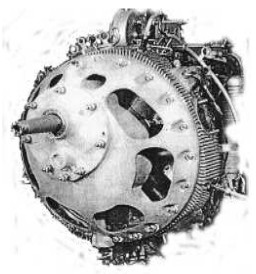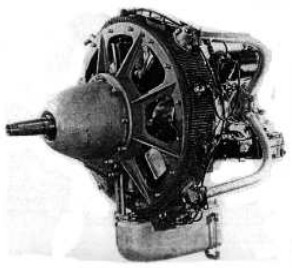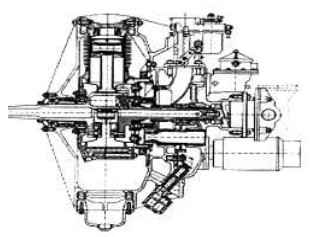Updated: 09-May-2024
Starting in 1936 various types of engines appeared under a rare principle of rotary engine - and several bi-rotaries.
-In the 1930s the Swedish businessman Axel Wenner-Gren together with French Emile Mathis had invested in an aviation engine with the name Mawen.
It was the contraction of the names of MAthis and WENner-Gren.
-Mawen Motor Corporation with Axel Wenner-Gren as main shareholder was located in New York City.
-The success of this engine did not materialize and Wenner-Gren decided to donate the engine and some money to the University of Kentucky Aeronautical Research Laboratory that continued its development. That with the condition that the laboratory would bear his name. In 1941 they built a new laboratory building in Lexington, Kentucky and it was called Wenner-Gren Aeronautical Laboratory.
-The laboratory was lead by Dutch professor Andre J. Meyer. Previously the Mawen Motor Corporation had asked him to give them advice on the engine they were developing.
-The patents of the Hungarian Ignacz Sklenar, from 1919, have been studied.
-The engines are also known as Mawen-Rotant. The AMK`s photographed by Dennis Spark have a very compact shape and fins on the periphery.

“Mawen bi-rotary”

“Sklenar principle”
-The first would be the 5-cylinder radial, in which the cylinders rotate in the opposite direction to the propeller.
-The five cylinders rotated at 1/5 the speed of the engine. The 7-cylinder ones did this at 1/7 the speed of the crankshaft and a 9-cylinder at 1/9 the speed of the propeller shaft.
-The 5 cylinder was small and only gave 20 HP. The crankshaft rotated at 4,000 rpm and the cylinders at 800 rpm.

“Mawen 20S”

“Mawen, 25S”
-The 20S gave 80 hp with seven cylinders and the Mawen 25S was projected for 100 hp.
-The 20S and 25S were developed in the USA by professor of aeronautics André J. Meyer, a Dutch resident who was in charge of the Werner-Gren Aeronautical Laboratory.

“Mawen, 7-cylinder”
-However they were also built in France by Mathis, by Lawrance -a few engines-, in Sweden by Paul Aberg (see Aberg).

“French Mawen”
-The French 9-cylinder gave 150 CV nominal and 170 with supercharger.
-While the cylinders rotated at 400 rpm, the crankshaft did so at 3,600 rpm, and they reduced it in half through the gearbox, that is 1,800 rpm.
-A 14 cylinder radial with two rows of 7 should give 700 CV but there is no further information about this engine.
Of Mawen the 440S project is known, a 42-cylinder engine with six rows of seven cylinders.
-Below we show a photography of a block with cylinders of the Mawen rotary engine whose characteristic is that all of this rotates within a ring where the intake and exhaust ports are located. (see Wenner-Gren, Mathis and Sklenar).

“Rotating part of the Mawen engine”
Engines of MAWEN
Model: Mawen-Rotant 20S
Arquitecture: 4-stroke7-cylinder Rotary
Cooling:
Total Displacement:
Bore / Stroke:
Power: 80 HP
Weight:

"Mawen 20S"
Model: Mawen-Rotant 25S
Arquitecture: Rotary
Cooling:
Total Displacement:
Bore / Stroke:
Power: 100 HP
Weight:

"Mawen 25S"
Model: Mawen-Rotant 440S, proyecto
Arquitecture: 42-cylinder
Cooling:
Total Displacement:
Bore / Stroke:
Power: 700 CV
Weight:


